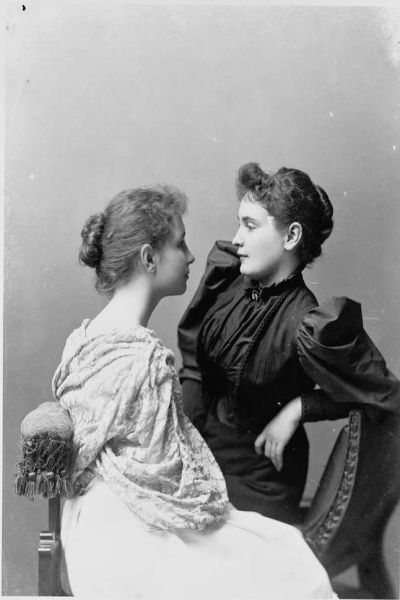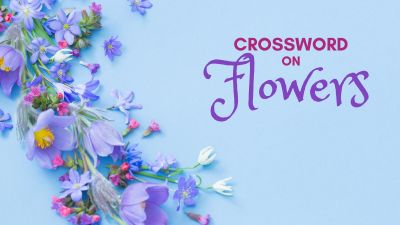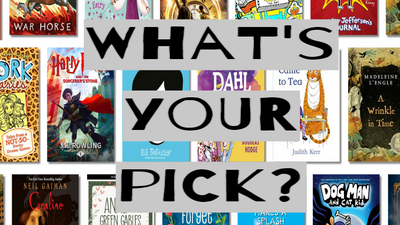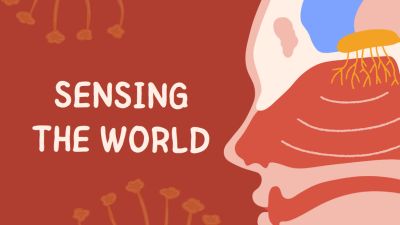On June 27, we celebrate the birth anniversary of an extraordinary woman whose name is a byword for courage and resilience.

Try this. Blindfold yourself and use earphones to block your ears from hearing anything. Now, attempt walking around (under adult supervision, though). How long will you be able stay in this state?
There was a little baby in Alabama, the U.S., born in 1880. When she was one-and-a-half years old, she lost her eyesight and hearing due to a severe illness. Helen Keller had been a happy, healthy baby who loved to explore the world around her. But, suddenly, found herself in a dark and silent world. Not being able to see or hear made her extremely frustrated. Unable to understand what was happening, she threw tantrums and became difficult to manage. Her parents were worried and felt helpless. They wanted Helen to learn and grow like any other child but, without being able to see or hear, it seemed impossible.

When she was six, their doctor suggested they contact Alexander Graham Bell, the inventor of the telephone. Bell, also a teacher for deaf children, advised that Helen would need a special teacher. The Kellers were lucky to find Anne Sullivan, who had also almost lost her vision and had undergone many surgeries to restore her sight. She empathised with Helen and understood the challenges the child faced. With patience and love, Anne began to teach Helen how to communicate. The first breakthrough came when Anne spelled the word ‘W-A-T-E-R’ on Helen’s hand while pumping it over the other. Suddenly, Helen made the connection and realised that she was being taught the name of the liquid pouring on her hand. It was her ‘Eureka’ moment.
From then, Helen’s world opened up. She went on to learn Braille, the tactile writing system created for the visually impaired. Anne made her feel vibrations in the throat that occur while speaking and also taught her to speak and use the sign language. Helen even attended school and college, and became the first visually-and-hearing-challenged person to graduate with a Bachelor of Arts degree.
Helen didn’t stop there. Wanting to help others like herself, she authored books, gave motivational speeches, and travelled around the world to be the voice of people with disabilities. Thus, the impossible was achieved with the expertise of an exemplary teacher. Anne Sullivan’s journey with Helen is the subject of a movie called The Miracle Worker.
June 27 is celebrated as Helen Keller Day to commemorate the birthday of an inspiring woman who proved that disabilities do not deter achievers. Helen passed away in 1968, leaving behind a legacy of courage and resilience.
Based on what you’ve read, try your hand at this quiz.











